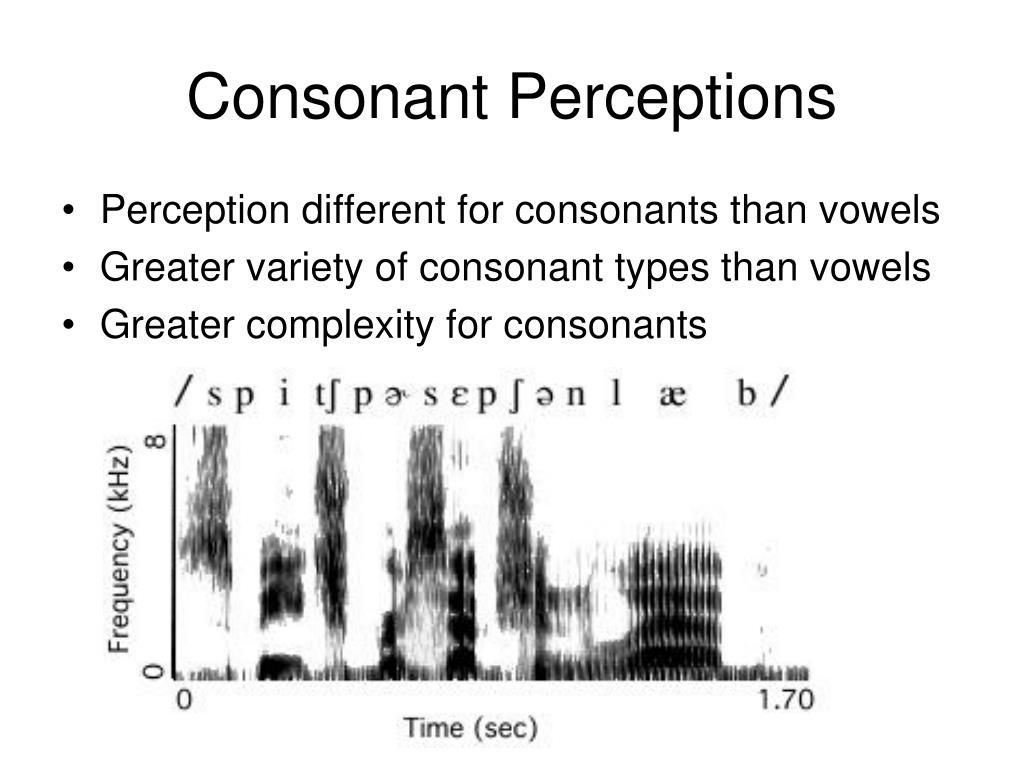
A simple task of throwing a ball for the patient to catch might be helpful to detect the patient's inability to perceive motion. The afferent and efferent portions of the neuro-ophthalmic exam are often intact. Additional questions to ask the patient include history of head trauma, Alzheimer’s disease, recreational drug use and medications. History can also help determine the underlying cause. Rarely, patients may complain of severe visual impairment. They may complain that "objects vanish once they move".
#Variant perception definition movie#
Patients often have very specific complaints, which they may describe as seeing individual“frames in a movie reel” or “stop-action motion” or “like I’m in room with strobe lights”. There are no diagnostic tests or pathognomonic examination findings.īecause of the very unique set of symptoms, suspicion for akinetopsia can be high based on history alone. The diagnosis of akinetopsia is made clinically. Based on the involvement of V5 (MT) area "motion center", the problem can be localized to the dorsal stream responsible for the “where”. Damage to this latter area may lead to inability to perceive or detect motion " Akinetopsia".

Visual information is received in the V1-2 visual association cortex, the visuospatial motion is then processed in the V5 (MT) area. It is mostly secondary to bilateral disease however has been described in unilateral lesions. PathophysiologyĪkinetopsia is thought to be associated with damage to the V5 medial temporal (MT) portion of the brain, involving the tempro-parieto-occipital junction. These include infarction, traumatic brain injury, neurodegenerative disease such as Alzheimer's ( visual variant of Alzheimer's disease/ posterior cortical atrophy), epilepsy, hallucinogen persistent perception disorder (HPPD), and medication adverse effect. Several causes have been described to cause akinetopsia. These patients often can no longer rely on their vision and often train their hearing to help estimate distance and interact with other people. Īkinetopsia can occur in conjunction with other higher visual order manifestations or it can occur in isolation.

This is thought to be related to dysfunction of brain networks responsible for visual perception of speed.

Zeitraffer phenomenon describes an altered perception fo speed of moving objects, and the patient may describe an illusory experience of slowed motion. Zeitraffer phenomenon is another overlapping condition which shares similarities with akinetospia. There is thought to be two types of Akinetopsia "Frozen frames" also know as cinematographic vision, and "vanishing objects" as soon as they move. This is a very rare condition with only a few reported cases in the literature. Akinetopsia refers to "motion blindness", which is a higher visual processing disorder from an extra-striate lesion, in which a patient has difficulty specifically perceiving objects in motion with variable severity and rarely complete. Akinetopsia is derived from Greek: a for “not”, kine for “move”, and opsia for “see”.


 0 kommentar(er)
0 kommentar(er)
